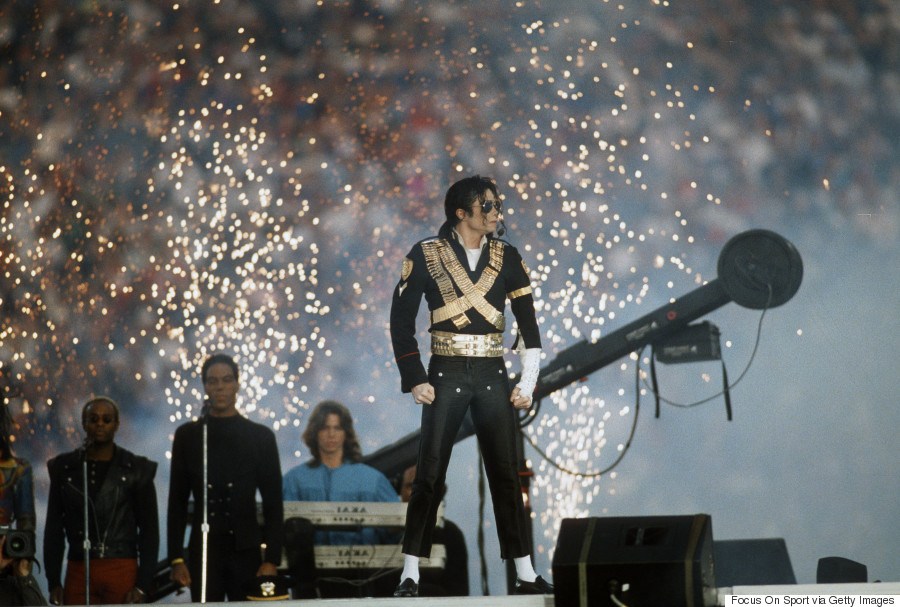
If you are not a huge football fan, you know in two Sunday’s you will still end up at a Super Bowl, and there’s one thing that a lot of ‘fringe’ watchers of the biggest game every year on planet earth do keep their eyes on – that’s the musical act or band which plays the huge show at halftime.
Over the years the NFL has been able to march out some of the greatest of all-time, including stars like Michael Jackson, Prince (in the rain in Miami) and Lady Gaga, but this season the NFL has a pretty big issue on their hands, and that’s drawing a big name for the big game in Atlanta.
Let’s go back many moons ago to Super Bowl XXVI in January of 1992 in Minnesota when the Redskins were taking apart the Buffalo Bills enroute to their third Super Bowl victory.
Gloria Estefan is performing the finale of a show that features dancers, a marching band and two former Olympic champion skaters, a great performance – but one that fans didn’t care much about.
At the same time, people across America are having chats, making food runs, making runs for beer, or – disastrously for Super Bowl host broadcaster CBS – changing the channel over to the FOX Network.
That day Fox at halftime took away some 17 million Super Bowl Halftime viewers as they ran a one-off live episode of sketch comedy show In Living Color, a huge sketch comedy show at the time with the likes of Jim Carrey, who would go on to be a huge movie star with movies like ‘Liar, Liar’ and ‘Dumb and Dumber’.
It was a disaster for the NFL, the Super Bowl’s organizers, who, as a result, aggressively went after the biggest pop star in the world – the ‘King of Pop’ Michael Jackson, in a bid to enhance ratings and make the show more appealing.
Their plan would up working for the next 20 years.
The King of Pop’s 1993 halftime show helped to attract a television audience of 91 million viewers – the second-largest in Super Bowl history at the time and 12 million more than the previous year – and ratings went through the roof year after year.
Staging concert-style shows with mainstream artists from all over the world has worked for both the organizers and performers ever since, with the artists and the NFL enjoying great success.
The Super Bowl’s US television audience has never dipped back below 83 million viewers, while artists who have done it enjoy a boost to both their profile, their sales, and their careers.
The halftime show has grown to where that it is discussed almost as much as the game itself, with online betting odds available to bet on the first song, how many changes of costumes will take place, and what guests will appear with the headliner.
In the past couple of years, however, the organizers have faced a new problem: attracting the world’s biggest singers and stars.
The reason why is complicated, but it can be traced back to the continued exit of former San Francisco 49ers QB Colin Kaepernick, who protested the national anthem at the start of games in the preseason of 2016 season and during the season, and has been a huge source of controversy ever since, never getting back into the league.
Jay-Z told the NFL ‘no thanks,’ as he wanted to stay on the side of Kaepernick, while several other mainstream artists rejected offers to perform at the show on February 3rd, including Rihanna, Pink and Cardi B.
The organizers have had to settled on group Maroon 5 to be the headliner for this year’s biggest game on planet Earth, with guest appearances from Travis Scott and OutKast member Big Boi.
Scott requested a $500,000 donation for charity Dream Corps to appear, and let’s face it, overall it’s just not a huge card of singers.
For the first time in more than two decades the show, previously considered a once-in-a-lifetime opportunity, is now viewed by some artists as not worth the headache or backlash by fans all over the world.
It’s hard to believe, given how successful the blueprint created by Jackson’s huge 1993 performance has been, that the NFL can’t get this right.
His album, Dangerous, rose up 90 places in the Billboard charts immediately after the show, and his 90-minute conversation with Oprah Winfrey just over a week later remains the highest-rated television interview of all time.
Indeed, most artists have gotten huge benefits from performing at the Super Bowl, and it would be worth their while to think twice about it.
Madonna saw sales of her back catalogue increase by 410 percent after her appearance in 2012, not too bad for 12 minutes of singing.
In 2018, Lady Gaga’s album and single sales rose by over 1,000 per cent on the day of her very well received Super Bowl LI halftime show, with the buzz from that performance helping her secure a two-year residency in Las Vegas later that year.
To some artists, however, the halftime show hasn’t been quite so kind.
Janet Jackson is the most notable of those, with ‘Nipplegate’ being the most infamous moment in Super Bowl history in Houston, Texas.
While Justin Timberlake was just as responsible for the wardrobe malfunction, Jackson took the brunt of the blame, and by some has never recovered.
Her music and videos were taken off all Viacom properties, including CBS and MTV, and her album, while critically acclaimed, underperformed commercially as fans didn’t want any part of it after the incident.
M.I.A. also saw her profile dip down after she gave the camera the middle finger at Super Bowl XLVI in 2012 and was subsequently sued for $16m by the NFL, later settling out of court for a much lesser fine.
It’s a testament to the show’s pull, however, that artists continued – up until recently, at least – to jump at the chance to perform on this huge stage.
There’s no doubt that the NFL has benefitted just as much from the switch to concert-style performances.
Ratings now typically rise at halftime as viewers tune in to watch the spectacle, and the last nine Super Bowls have all seen American television audiences of 100 million and above.
A 30-second Super Bowl commercial spot, which cost $850,000 back in 1992, is now worth $5m, an increase of $3.5m after accounting for inflation.
It’s clear, however, that the Kaepernick situation has hurt the NFL.
Last year’s Super Bowl – in which Timberlake’s halftime show performance featured a tone-deaf posthumous duet with Prince – attracted the smallest television audience since 2009.
Ratings went down nine percent from 2017, when Lady Gaga performed, and the overall market share dropped below 69 percent for the first time in eight years.
The pressure is on for this February’s Super Bowl in Atlanta after the rejections from several big names have become so public, which isn’t a shock based on the NFL backlash.
A complete revamp of the halftime show is not likely to happen, but another year of ratings going down could force the NFL to change what they do in terms of their strategy – one that has been incredibly successful for the past 25 years.
Check out this infographic from our friends at Betway, which shows the rise and fall of the Super Bowl halftime show.











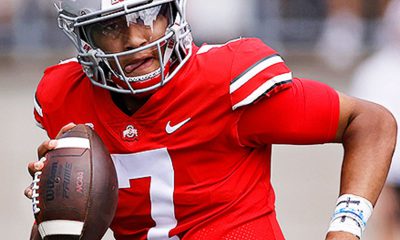

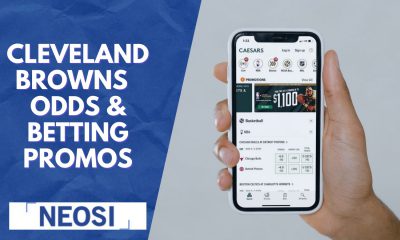

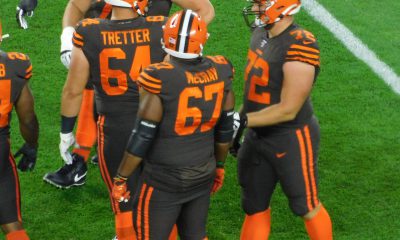

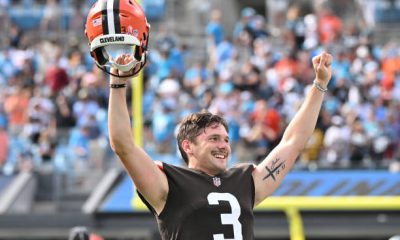

Recent Comments